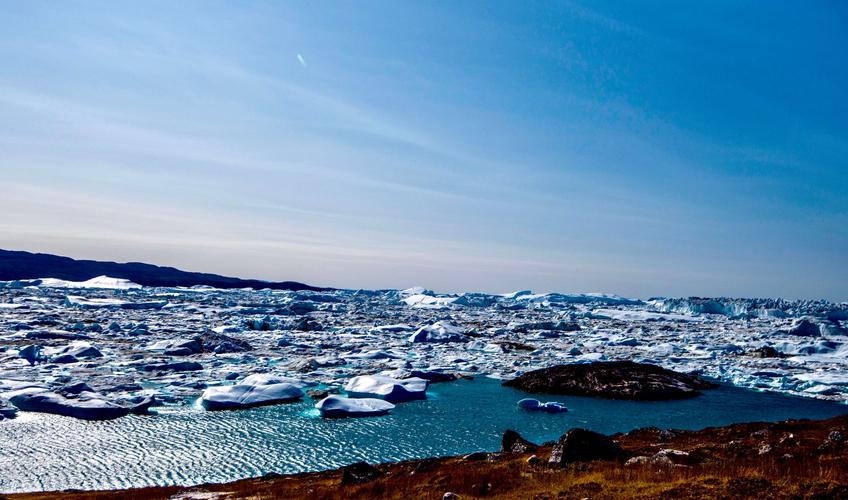The Rise of Cultural Creatives: Understanding the Movement and Its Impact on Society
For a long time, mainstream society has been shaped by the ideas and preferences of a relatively small group of people who have wielded outsized influence over culture, politics, and economics. These individuals often represent the dominant culture and share similar values, beliefs, and consumption habits. However, in recent years, there has been a growing recognition that this traditional model of cultural dominance is no longer sustainable or desirable, and that a new movement — the cultural creatives — is emerging as a powerful force for change.
Who are the Cultural Creatives?
The term “cultural creatives” was first coined by sociologists Paul Ray and Sherry Anderson in their 2000 book of the same name. They defined cultural creatives as a diverse group of individuals who share a similar set of values, attitudes, and behaviors that are distinct from both traditional mainstream culture and countercultural subcultures. This group includes people from all walks of life, but tends to be clustered in urban and suburban areas, and is characterized by a higher level of education, income, and political engagement.
Some of the defining characteristics of cultural creatives include a focus on personal and spiritual growth, a concern for social and environmental issues, a preference for holistic and integrative approaches to health and well-being, an appreciation for diversity and multiculturalism, and a tendency towards self-expression and creativity.
The Impact of Cultural Creatives on Society
The rise of cultural creatives is having a transformative impact on society in a number of ways. One of the most notable effects is the shift towards a more values-driven economy. Cultural creatives tend to be more conscious consumers, seeking out products and services that align with their values and beliefs, such as sustainable and ethically sourced goods, organic food, and alternative healthcare.
This shift is also reflected in the rise of socially responsible businesses and the growing interest in impact investing, which seeks to achieve both financial returns and social and environmental benefits. As the cultural creatives become a more significant economic force, companies that fail to align with their values and priorities are likely to find themselves left behind.
Another area where the impact of cultural creatives is being felt is in politics and activism. Cultural creatives tend to be more politically engaged and active than the general population, and they are increasingly using their voices and resources to advocate for social and environmental justice. This activism takes many forms, from supporting renewable energy and climate change initiatives, to advocating for equal rights and social justice causes.
Finally, the rise of cultural creatives is also reshaping culture and society more broadly. There is a growing appreciation for diversity, multiculturalism, and alternative lifestyles and worldviews, and a greater openness to new ideas and perspectives. This trend is reflected in everything from the arts and entertainment industry, to fashion and design trends, to the way we approach education and social relationships.
Conclusion
As the cultural creatives continue to grow in number and influence, their impact on society is likely to become even more profound. From shaping the economy and politics, to influencing culture and society, the cultural creatives represent a new and important force of change in the world. As we move towards a more complex and interconnected global society, it is clear that the cultural creatives will play a critical role in shaping our future.
(Note: Do you have knowledge or insights to share? Unlock new opportunities and expand your reach by joining our authors team. Click Registration to join us and share your expertise with our readers.)
